While in Abbeville, LA, we wanted to return to Jungle Gardens of Avery Island. We had visited the Tabasco plant during a previous stay at Betty’s RV Park. It is only about 30 minutes away and the tour of the factory is really quite interesting. The McIlenny Company has been producing Tabasco here for the last 150 years and are currently exporting it to over 100 countries! Avery Island was added to the National Register of Historic Places in 2018.
Before visiting the Jungle Gardens, we made a quick stop at the Country Store where I picked up a couple of items. It has lots of fun Tabasco-themed gift items, not to mention their wide array of Tabasco products. You can taste 10+ different tabasco sauce flavors. Most are way too hot for me, so John did most of the taste testing!
Tickets for the museum and plant tour are purchased in a building next to the Country Store. This the only location where Tabasco Sauce has always been made.
Because we had done the factory tour (highly recommend) on our previous visit, we returned to the car to drive the short distance to Jungle Gardens. Tickets are purchased at the Visitor Center/Gift Shop.
This 18’ 3” alligator, named Monsurat, is the largest one ever found here.
The 170-acre subtropical gardens are located along Bayou Petite Anse on Avery Island. They were created by Edward Avery McIlhenny, the son Edmund (the inventor of Tabasco pepper sauce). A self-guided tour brochure is provided for a three-mile drive (or walk) with 15 designated stops of interest.
The predominant trees in Jungle Gardens are Southern Live Oaks and can be seen throughout the gardens. There are several massive ones at the first stop on the tour.
Next is Bayou Petite Anse where we took a short hike with our sweet girl, Sadie, on the Marsh Trail. Louisiana Bald Cypress trees can be found in abundance here. Leashed pets are permitted in the gardens, but you need to be very careful about alligators (as they will eat them!)
The bayou leads to Vermillion Bay and eventually to the Gulf of Mexico. In the 19thcentury schooners would travel the bayou to pick up salt and sugar. Today recreational and commercial boaters use the route to access the Intracoastal Waterway and the bay.
Built by EA McIlhenny for Charles Ward, a close friend and fellow conservationist, the Boat House was used to store Ward’s 70-foot motorboat. He travelled the coastal US and would often visit McIlhenny here.
Boat house
A series of man-made lagoons were designed by McIlhenny to showcase native and exotic aquatic plants. Water gardens in Venice were his inspiration for his Venetian Gardens here.
And we saw our first alligator in one of the lagoons. When we visited a few years ago we saw many more in this area.
The Cleveland Oak (300+ years old, 23’ circumference) was named for President Grover Cleveland who visited the McIlhenny family in 1891. From here we followed the path to the Buddha. Along the trail is another large live oak that was used when surveying the area in 1810.
This 900-year-old Buddha from China was a gift to EA McIlhenny in 1936. The statue overlooks a lagoon, a very peaceful setting.
McIlhenny cultivated many types of holly, some commercially available today. He planted these holly bushes (that form an arch) in the 1920s. Also shown is the Wisteria Arch. It is reportedly gorgeous when in bloom.
The Palm Garden is located in an old mining sand pit. In the middle of the garden is the Pindo Jelly Palm (native to South America) and is surrounded by Sago Palms. There is a shaded path through the garden.
In 1895, EA McIlhenny expanded Willow Pond to 35 acres and installed poultry netting over the water to provide a safe place for snowy egrets to build their nests. At the time the bird population was diminishing due to high demand for plumes for women’s hats. He found 8 young snowy egrets and hand raised them. Setting them free to migrate south in the fall, 6 of the original 8 returned the following year and hatched 8 more chicks. By 1911, there were an estimated 100,000 birds in the rookery. Today it is known as Bird City, and the platform provides views of the thousands of birds.
And what a sight it is to behold!
Although not open to the public, the home EA McIlhenny built in 1924 can be seen along the tour route. His earlier home had burned in a fire previously. He and his wife raised three children and cared for other extended family members on Avery Island.
Timber Bamboo was imported from China for the garden. It grows a foot a day and reaches maturity in 65 days!
The Camellias at Jungle Gardens are one of the largest collections in the US. They were not, however, in bloom when we visited. As we were leaving the gardens, we spotted this young white-tailed deer.
If you love nature, you will love this place! One of the most interesting aspects about Avery Island is the salt mound first discovered by Native Americans. It is 8 miles deep (about the size of Mt Everest!) and salt mining continues today here.
The Tabasco factory tour is $4.50/adult and Jungle Gardens is $8/adult. For additional information about Avery Island, go to www.tabasco.com/visit-avery-island/.
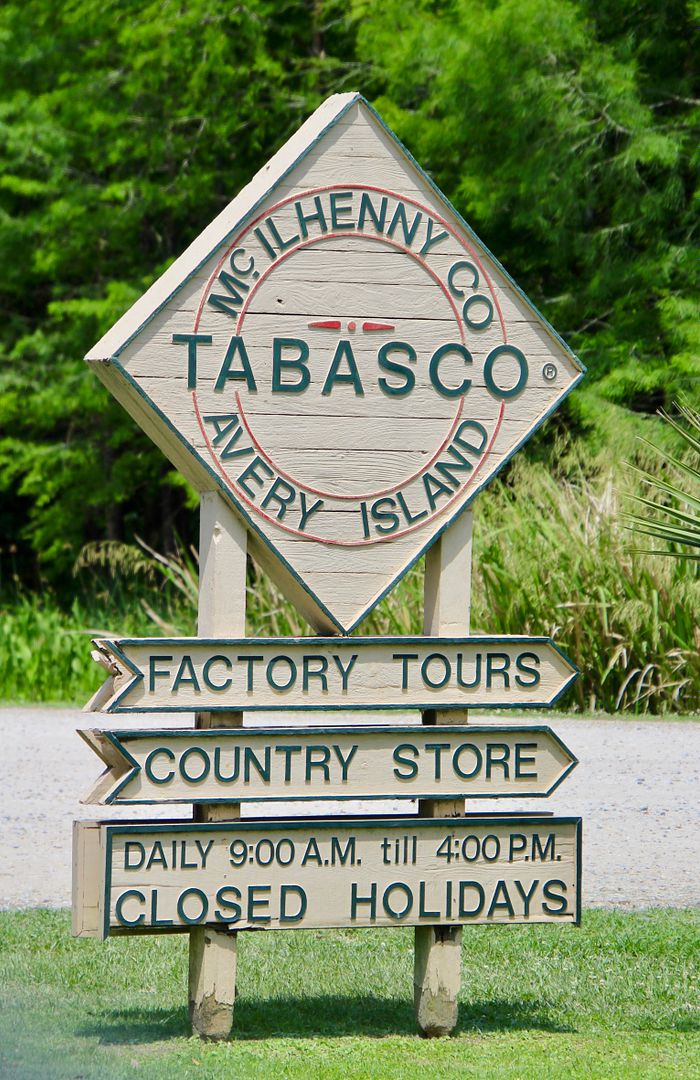
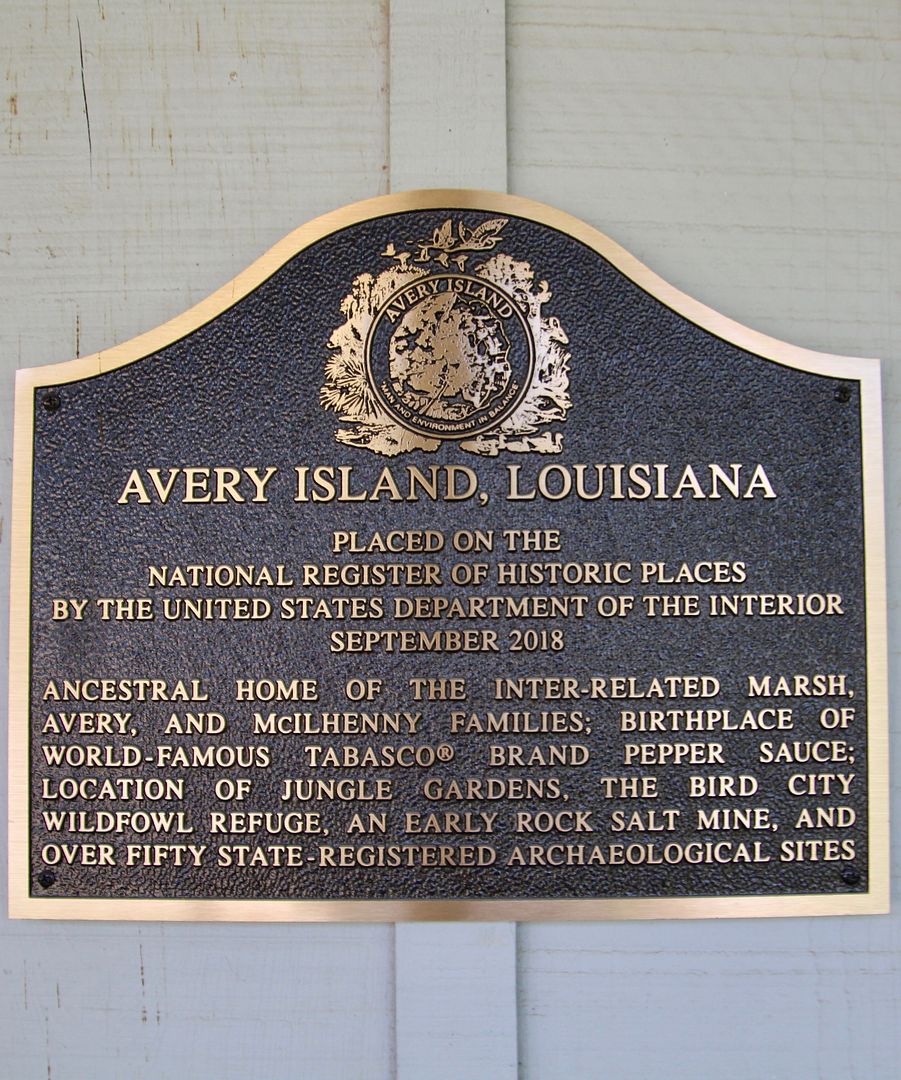
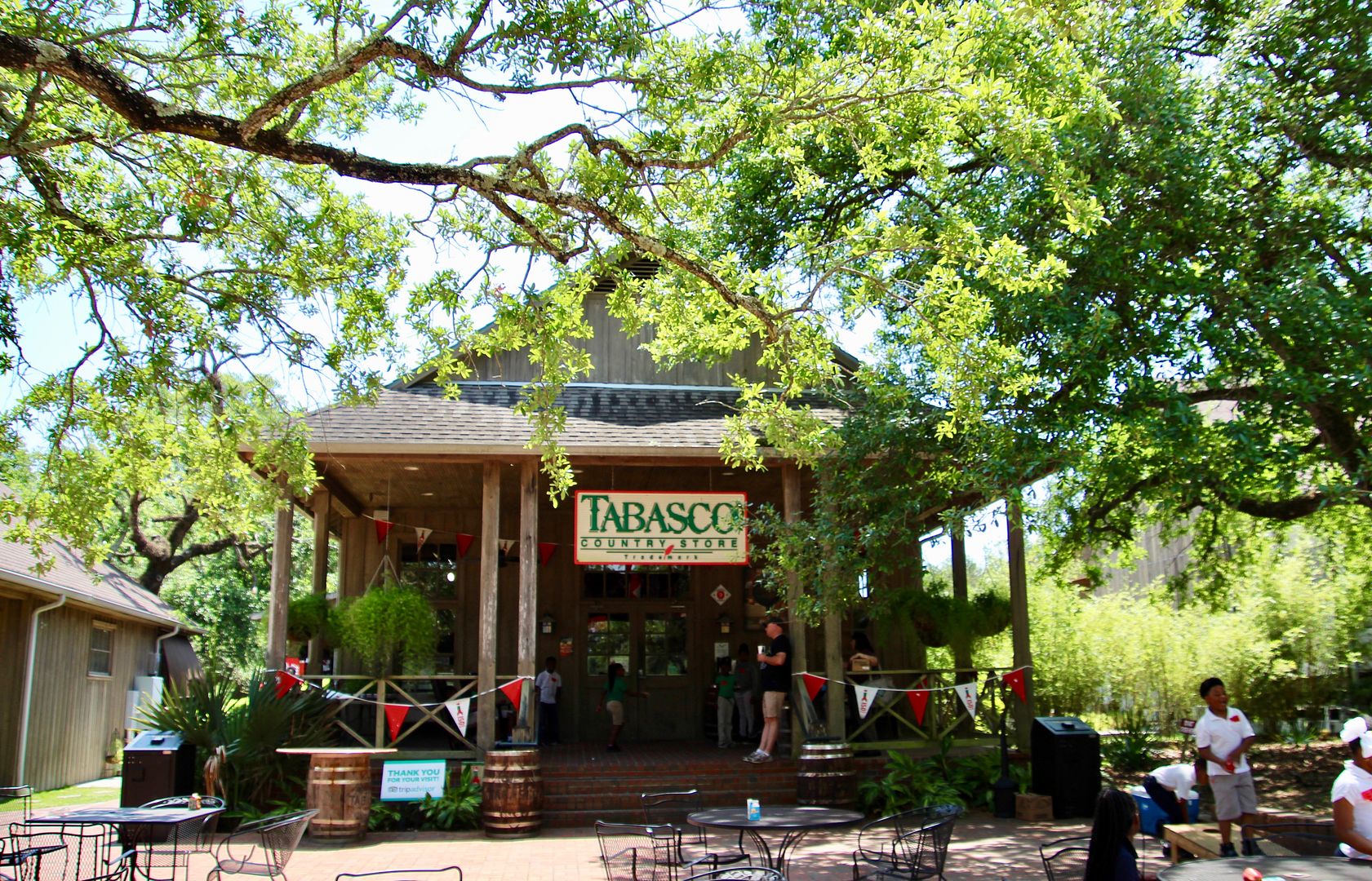
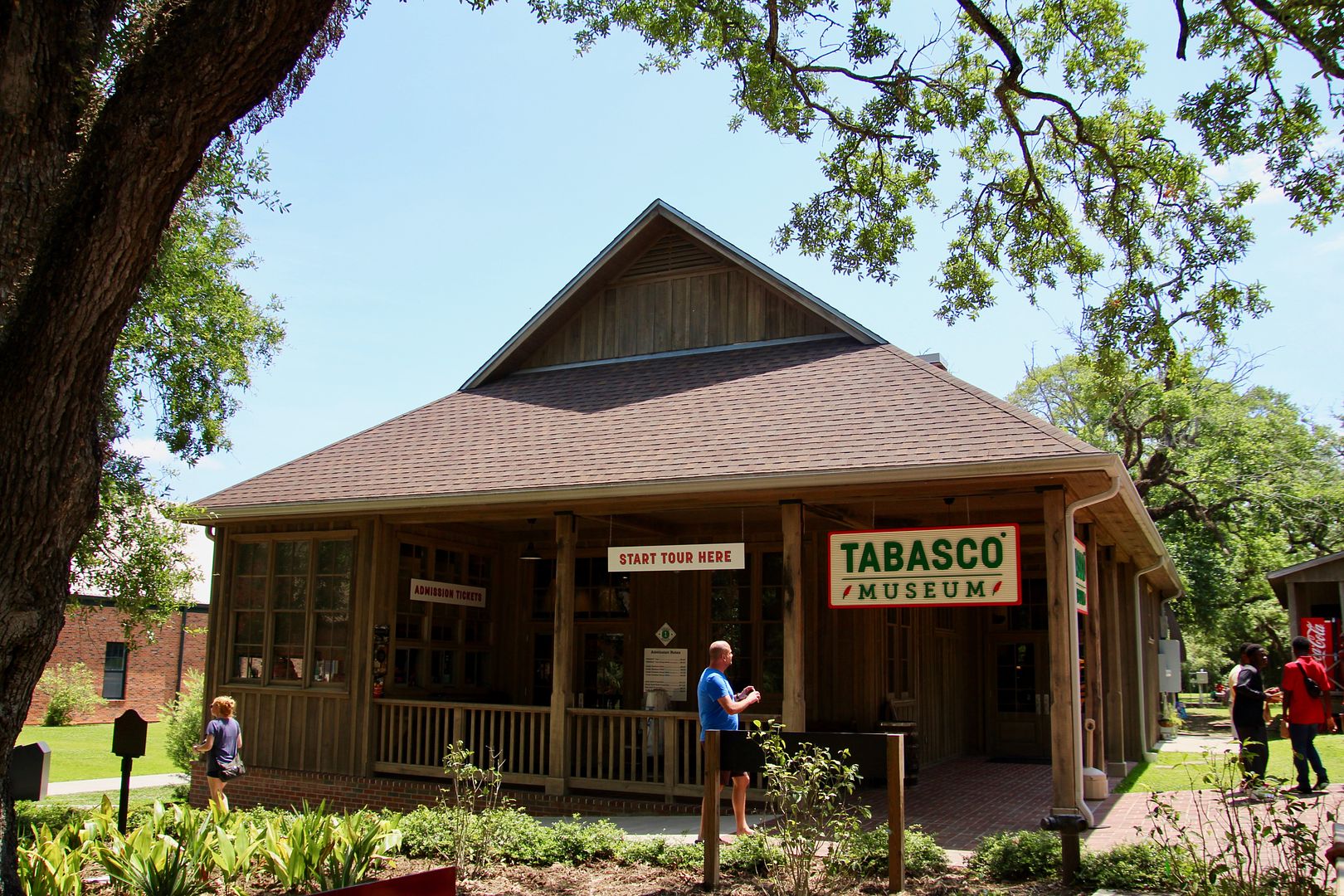

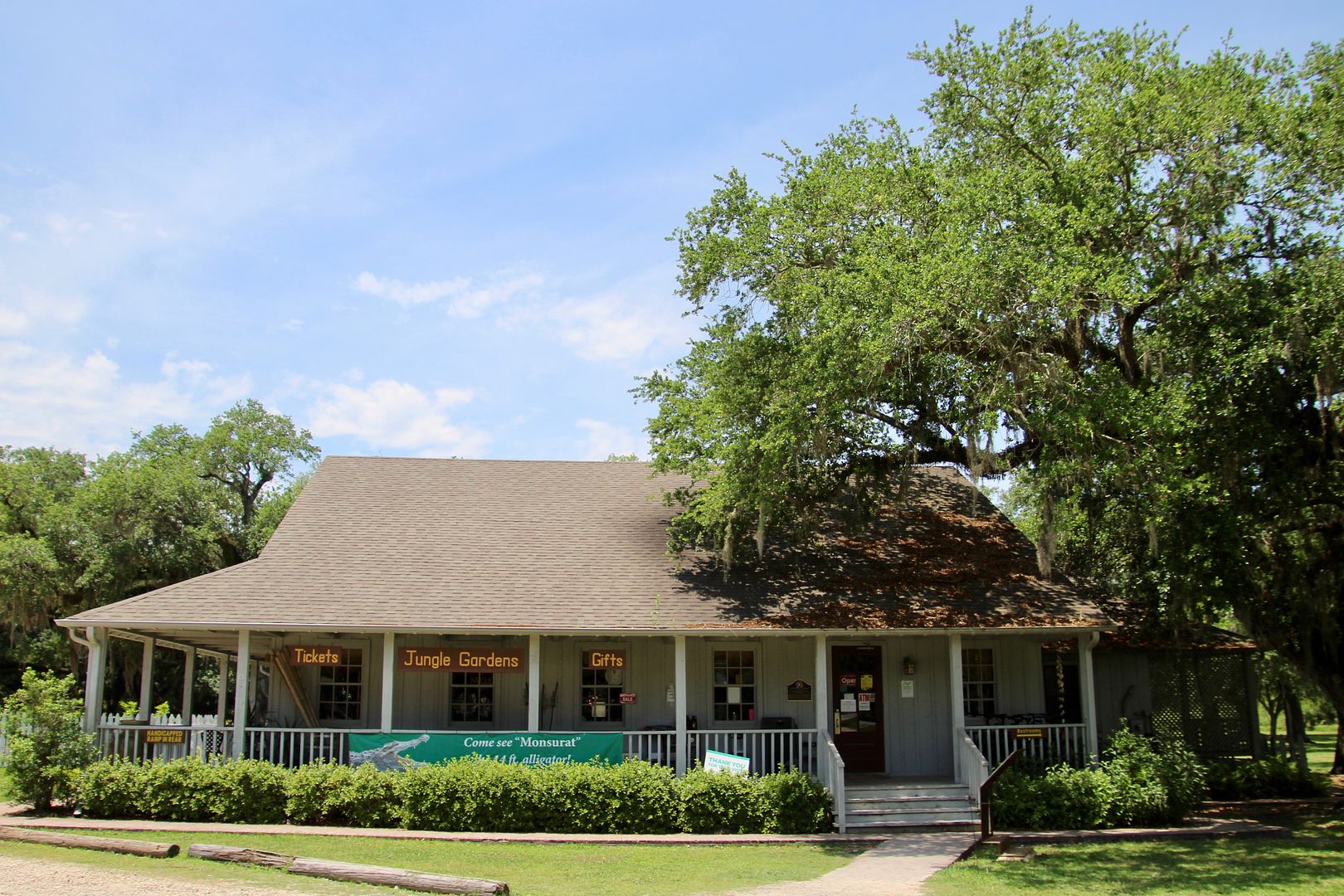
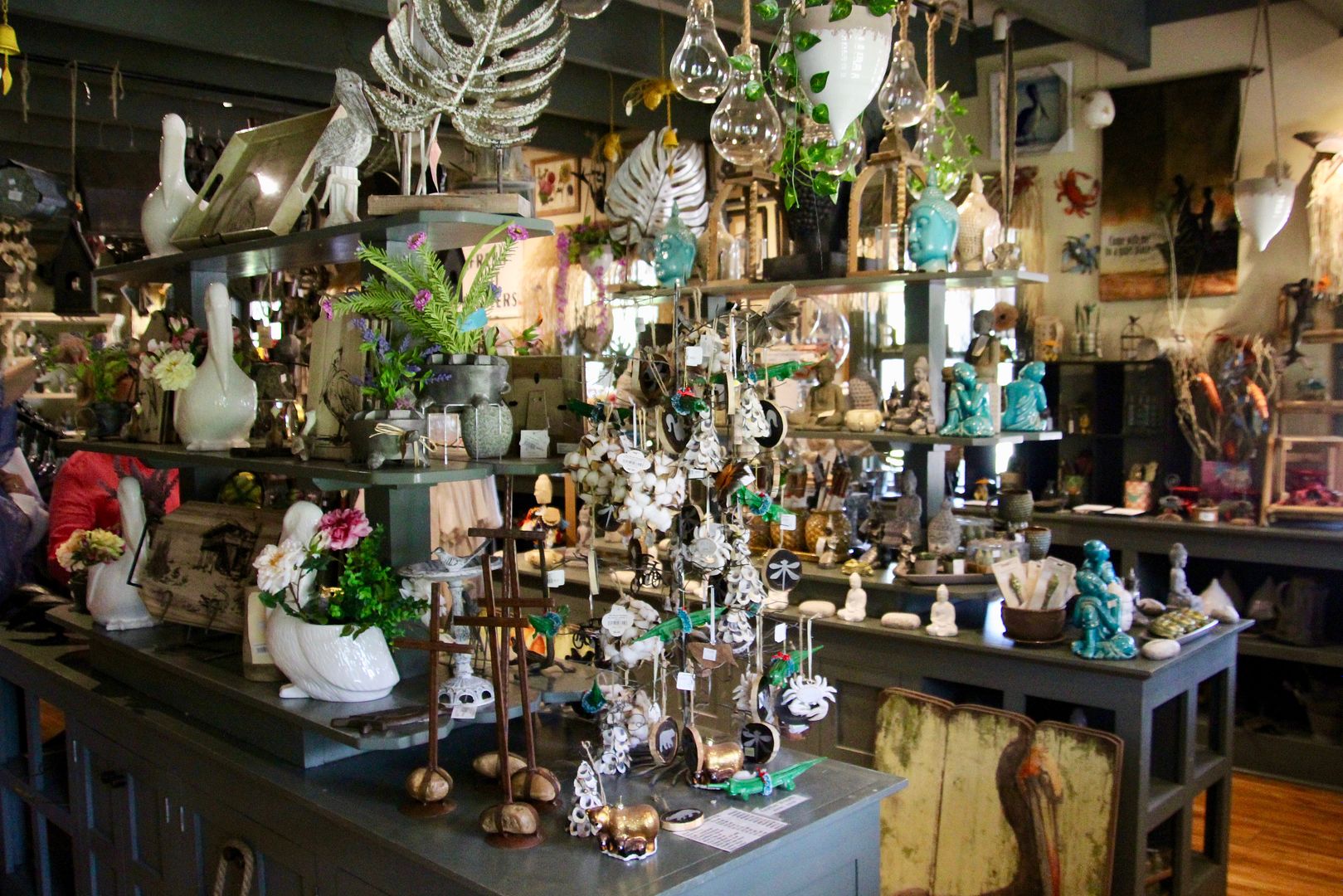
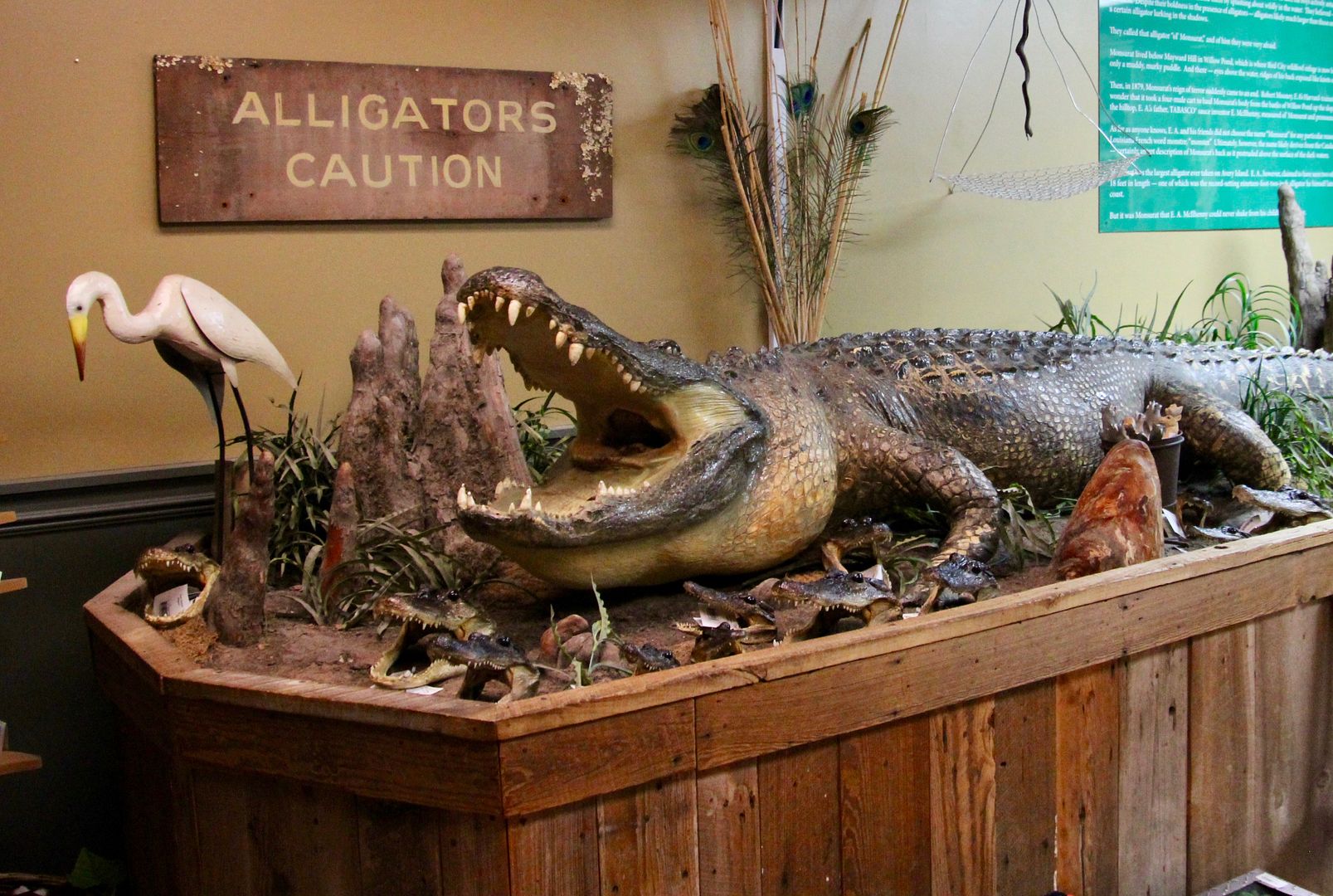

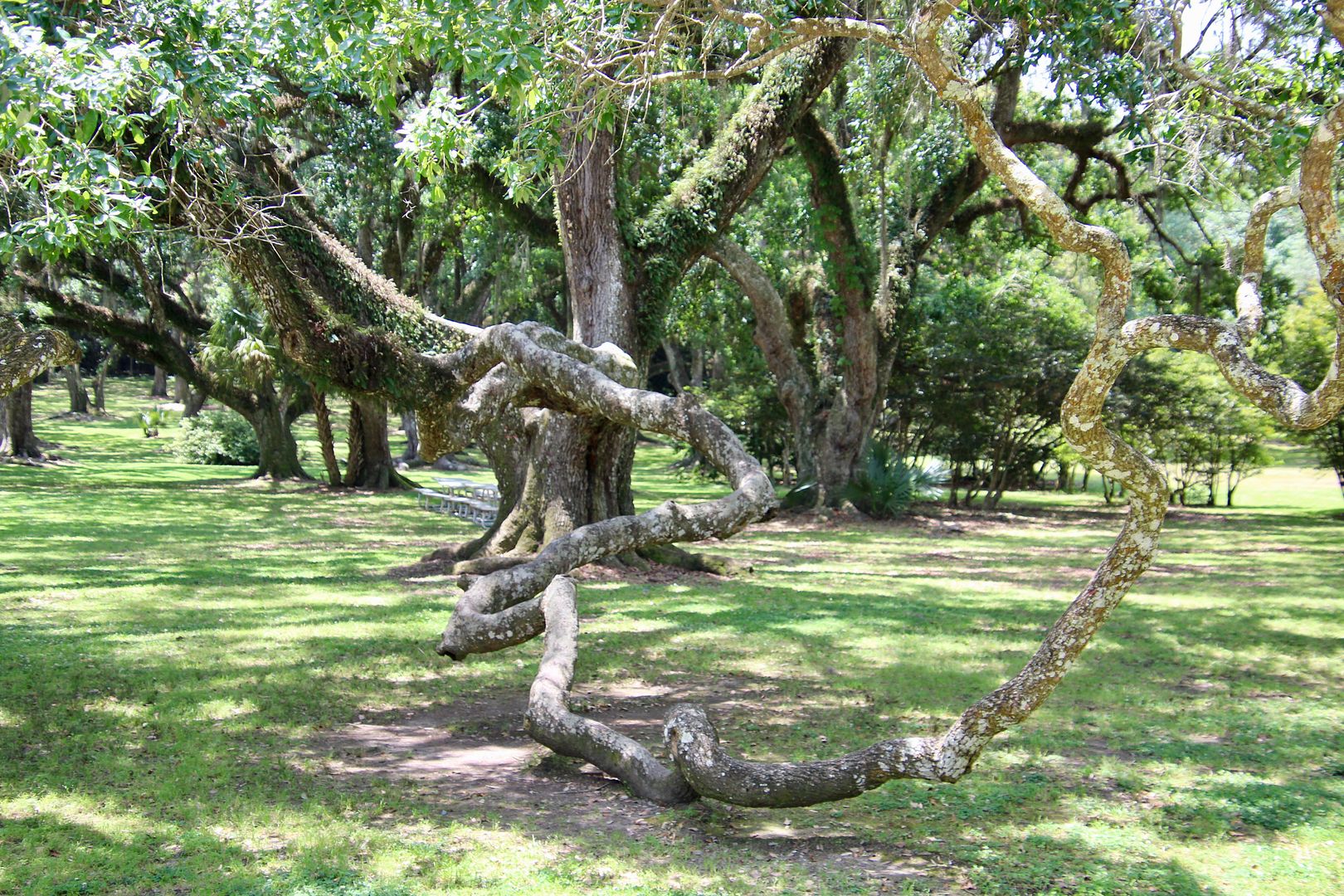
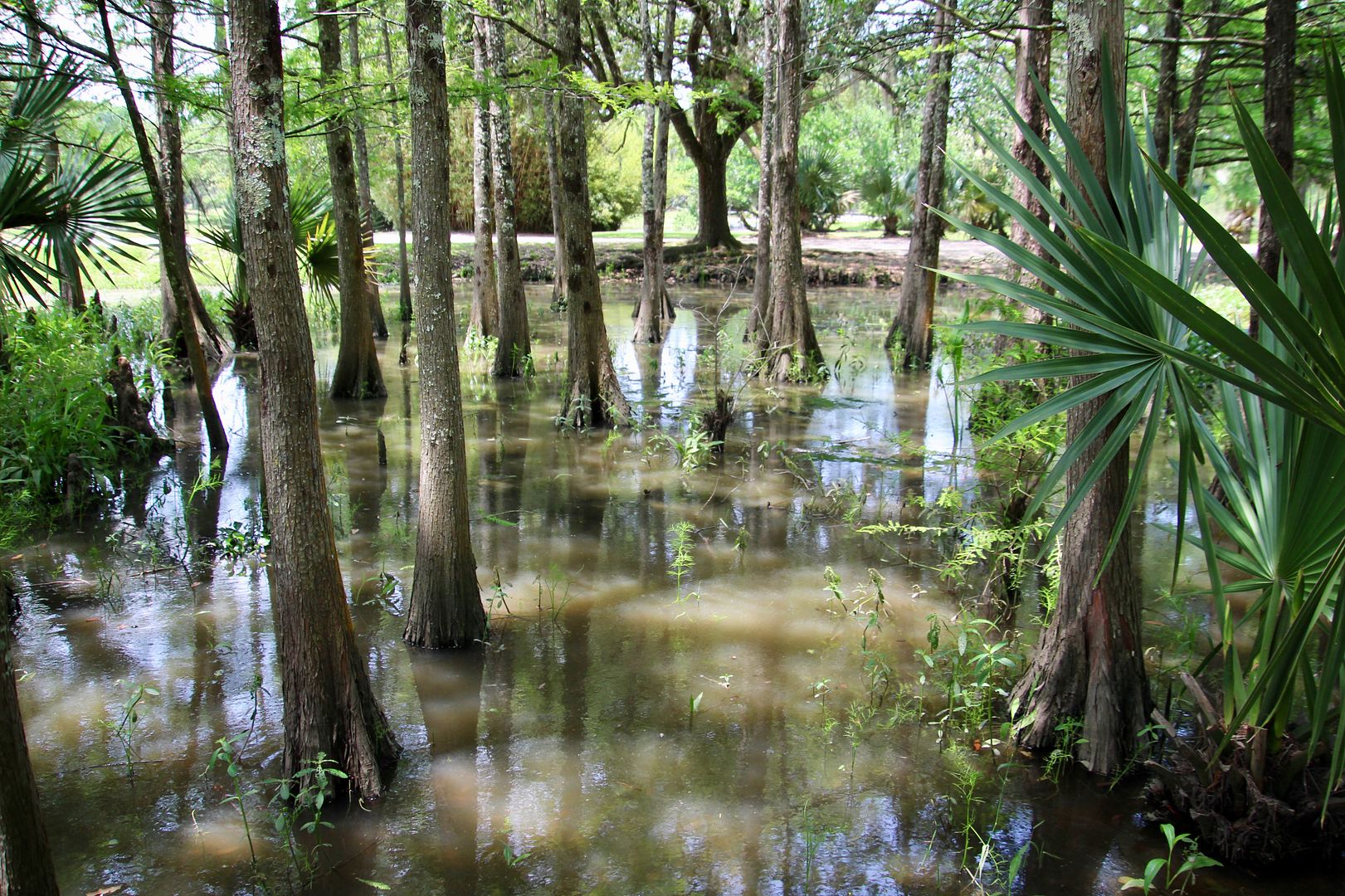
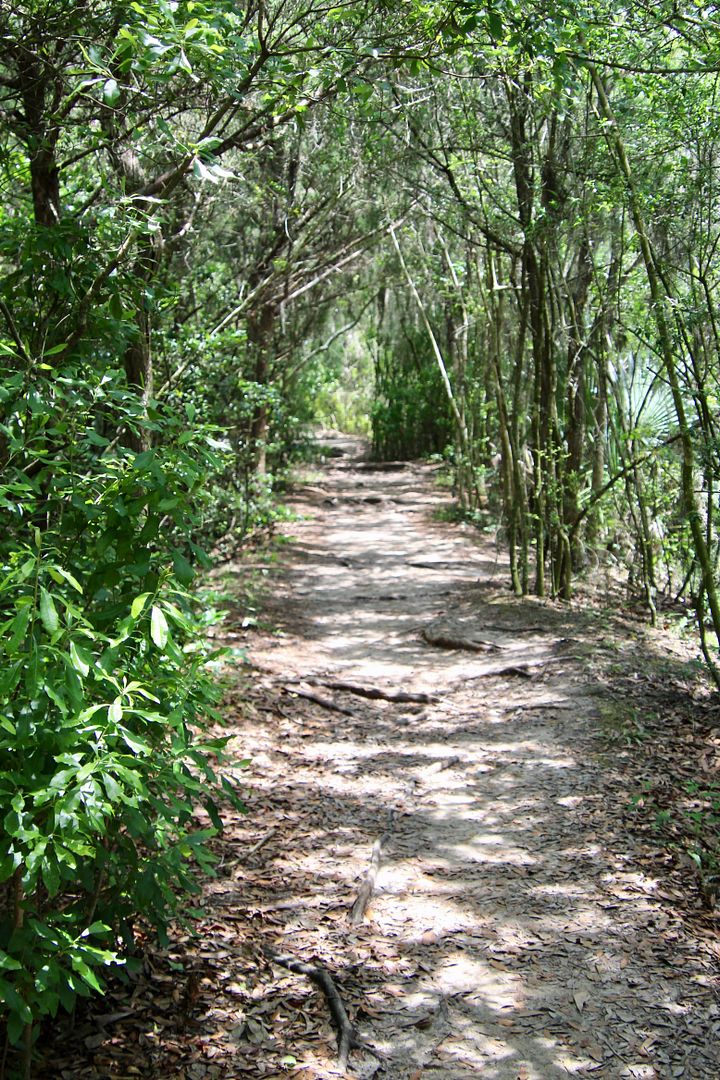
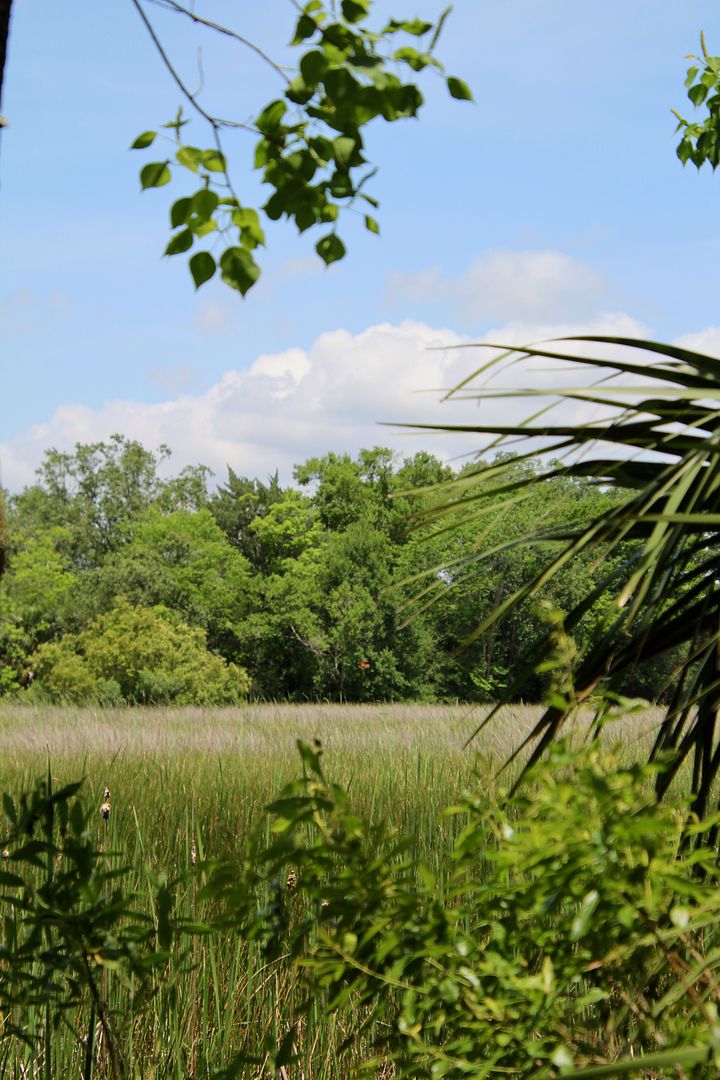

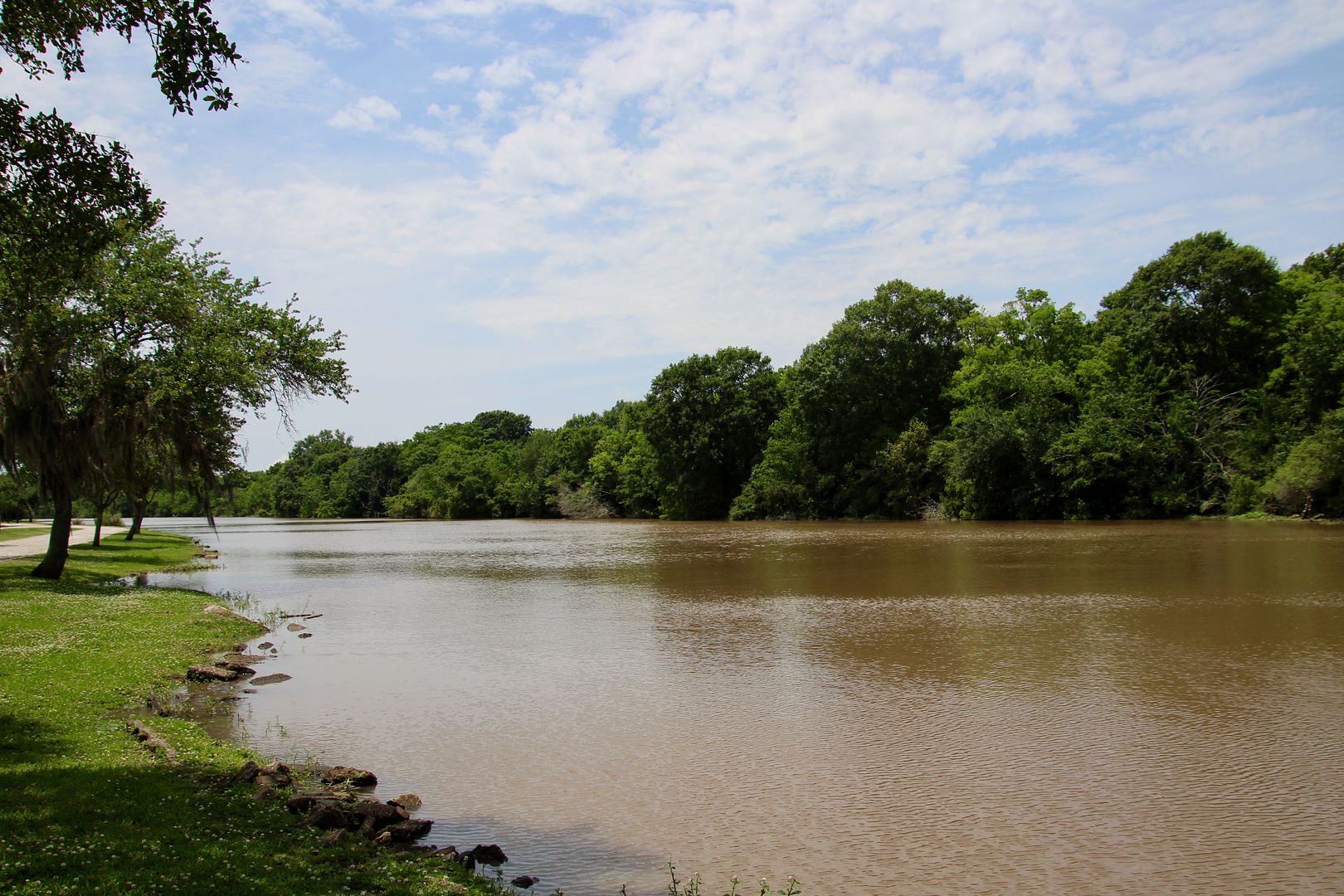
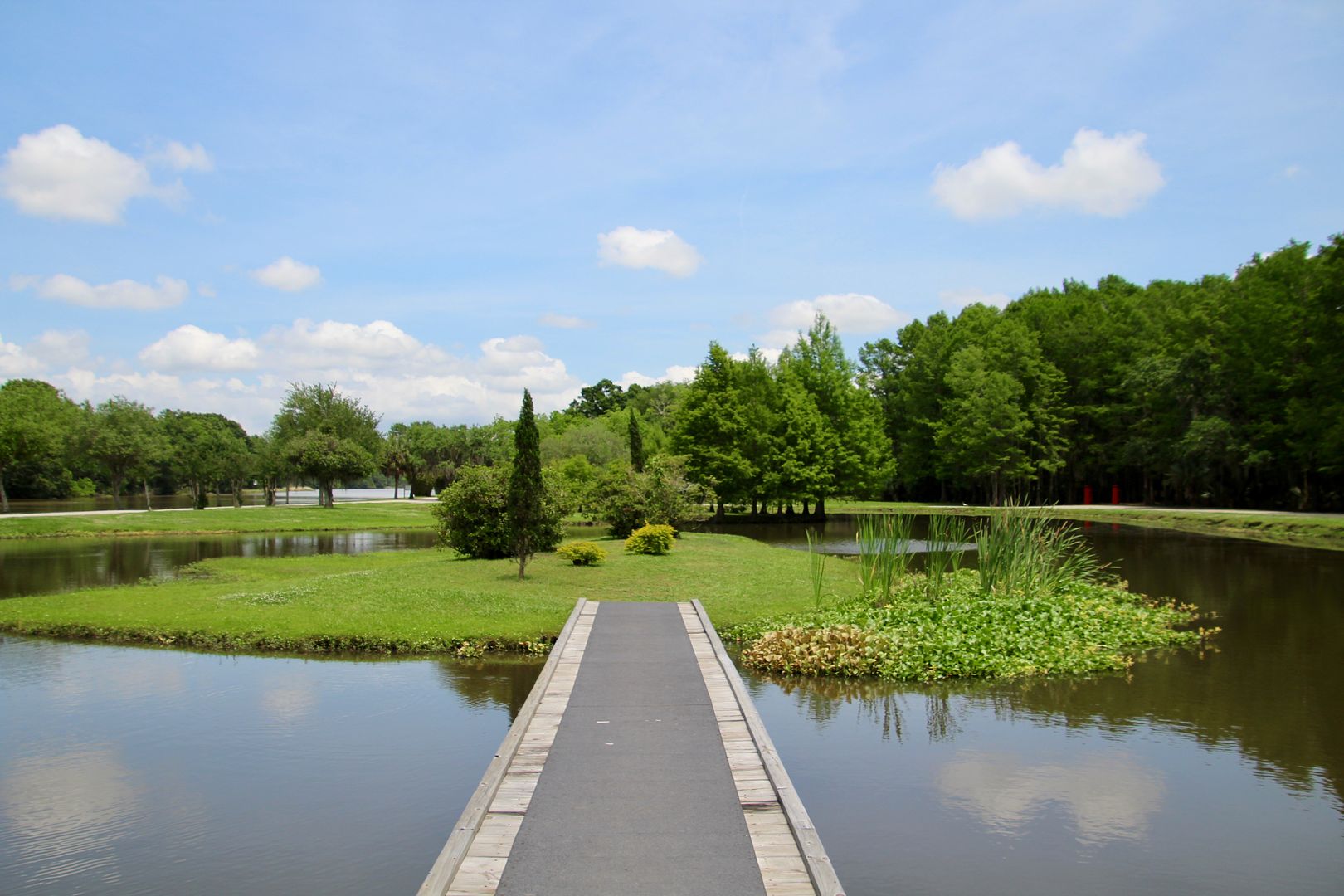

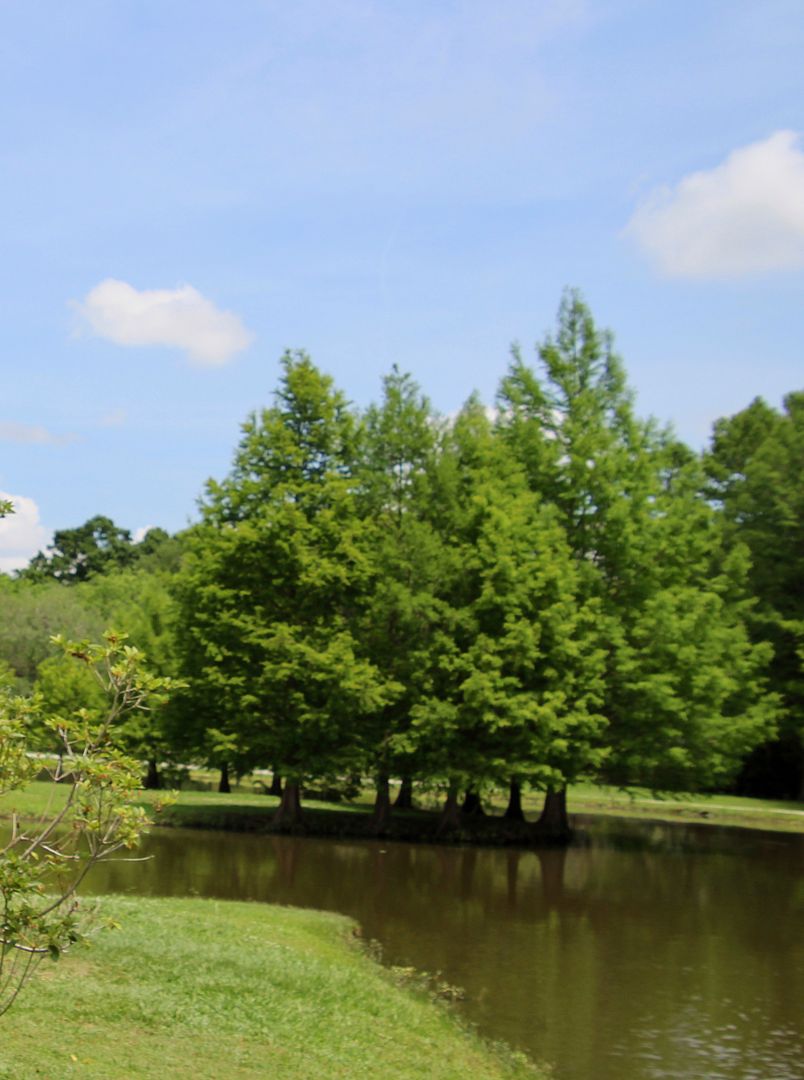

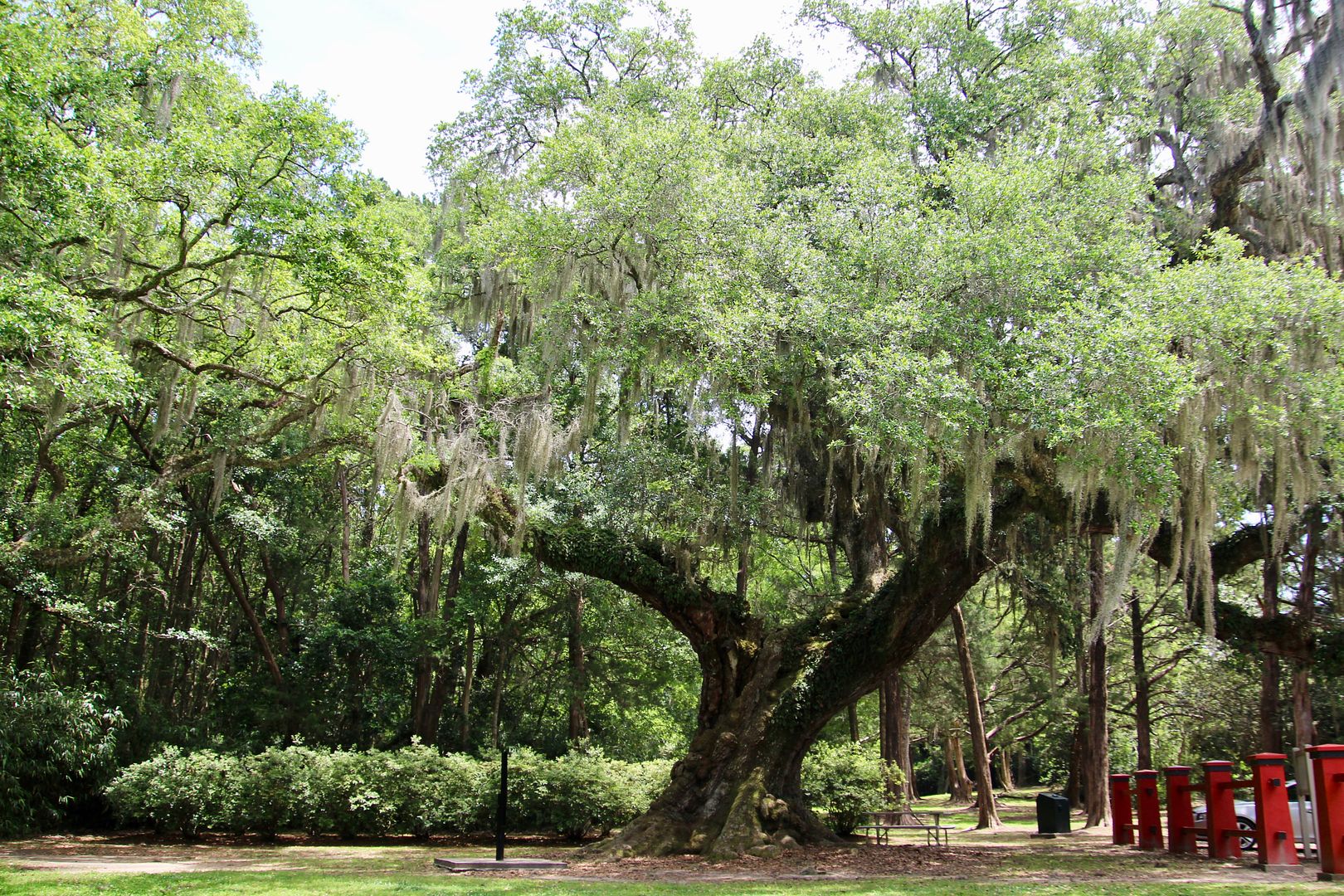
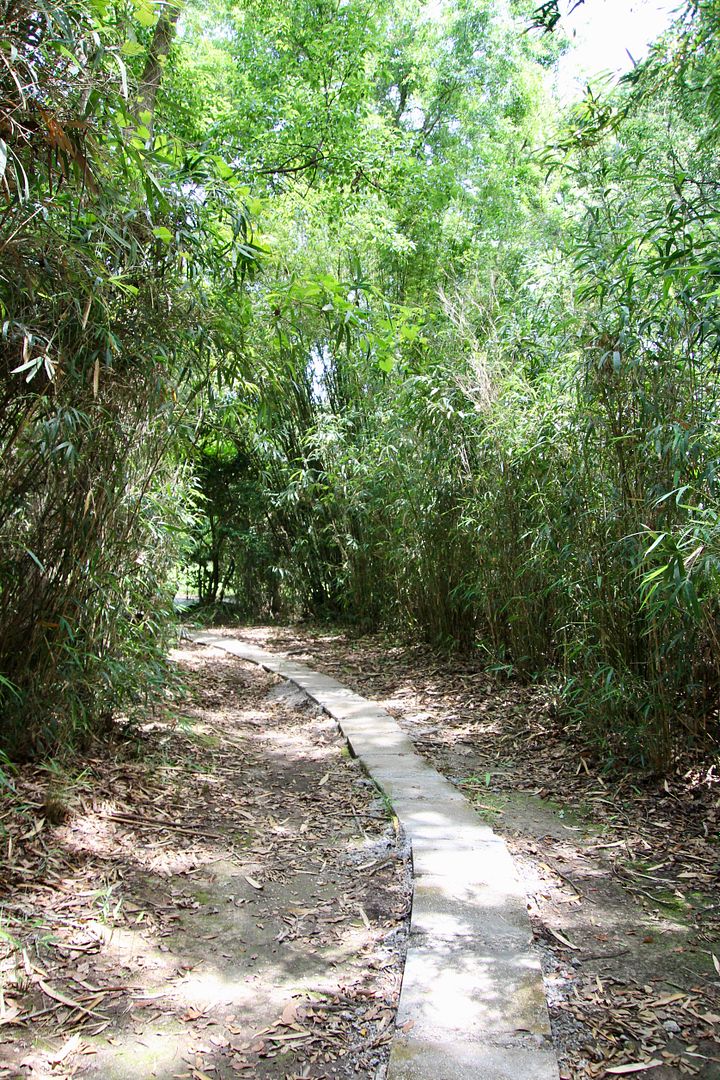

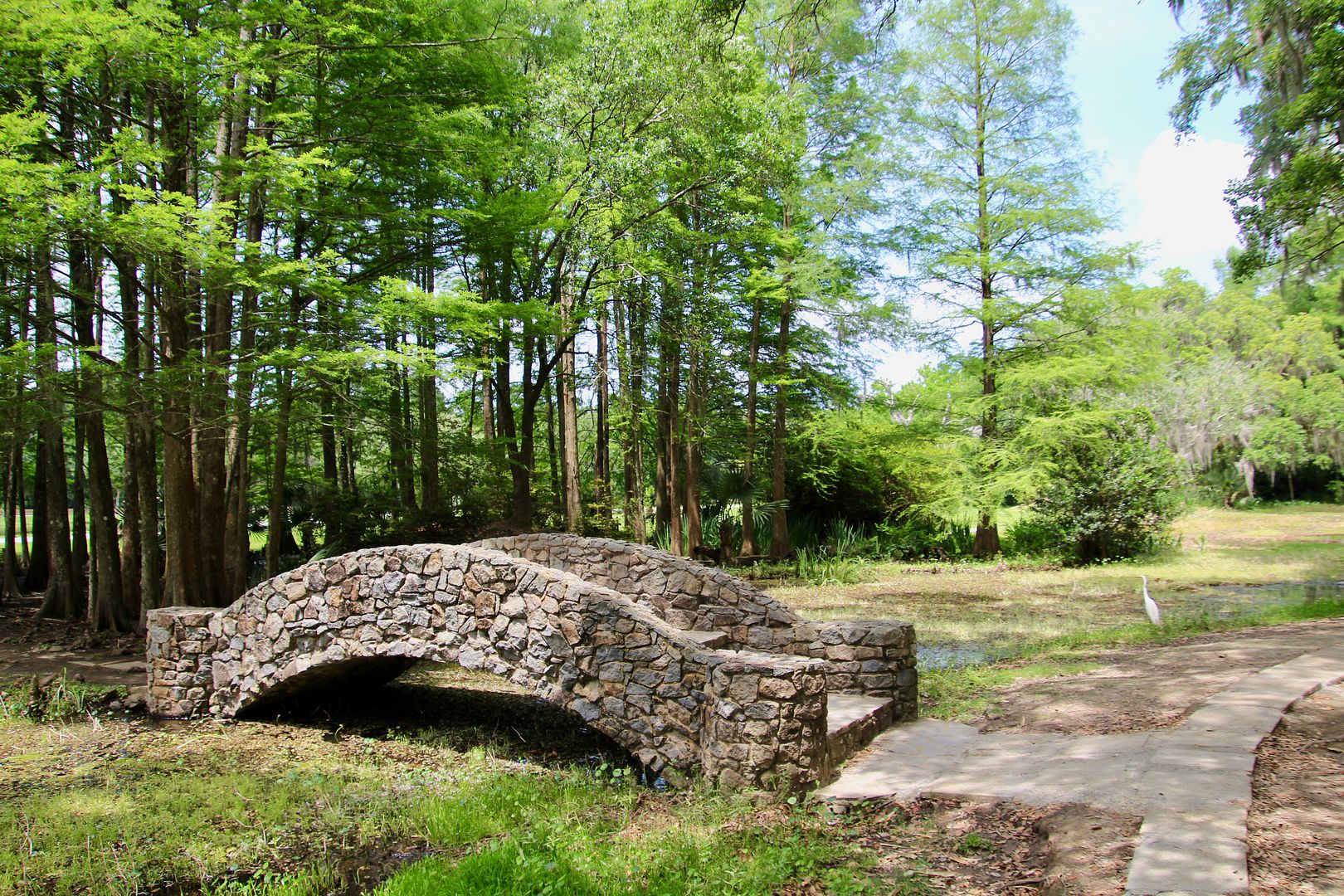
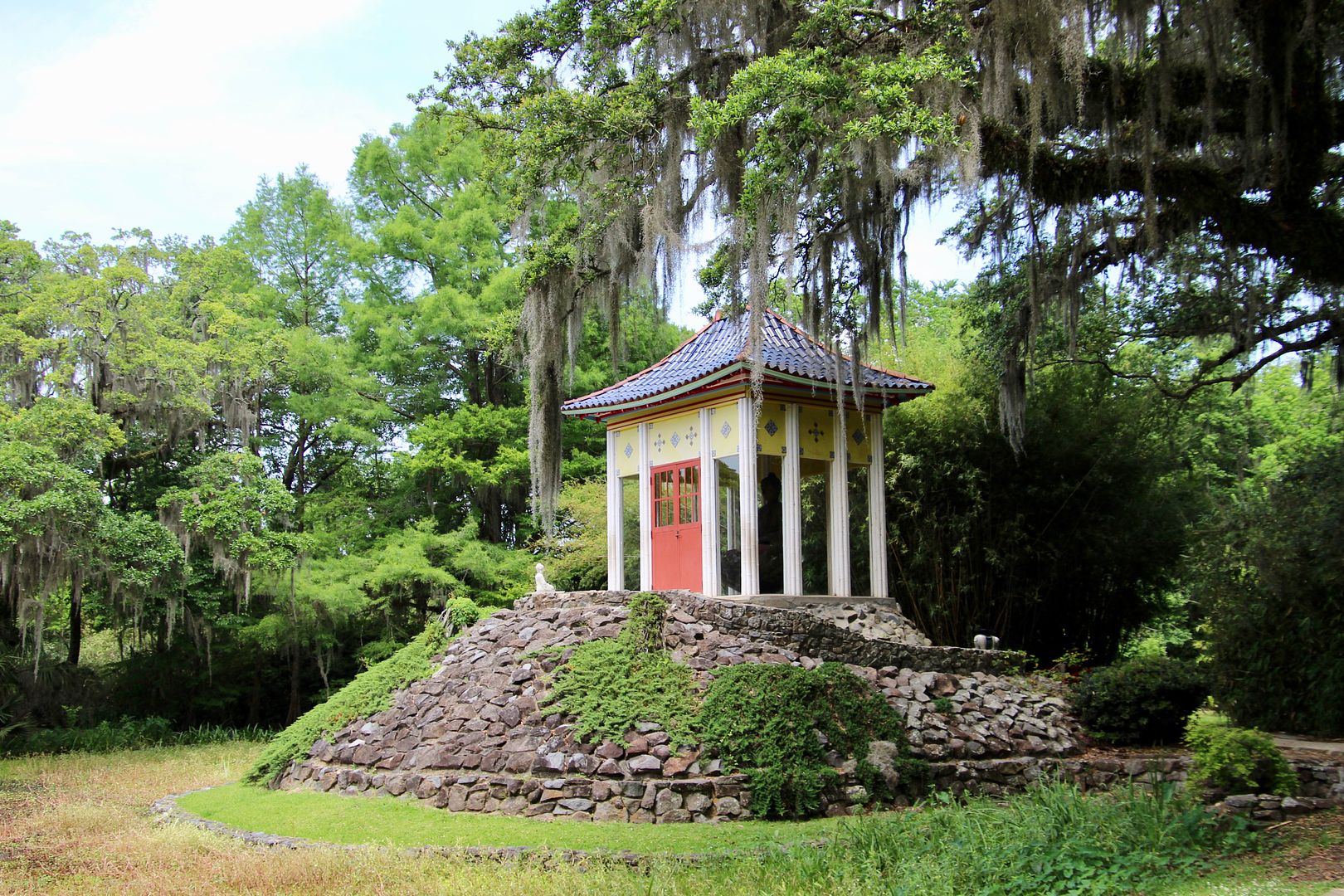



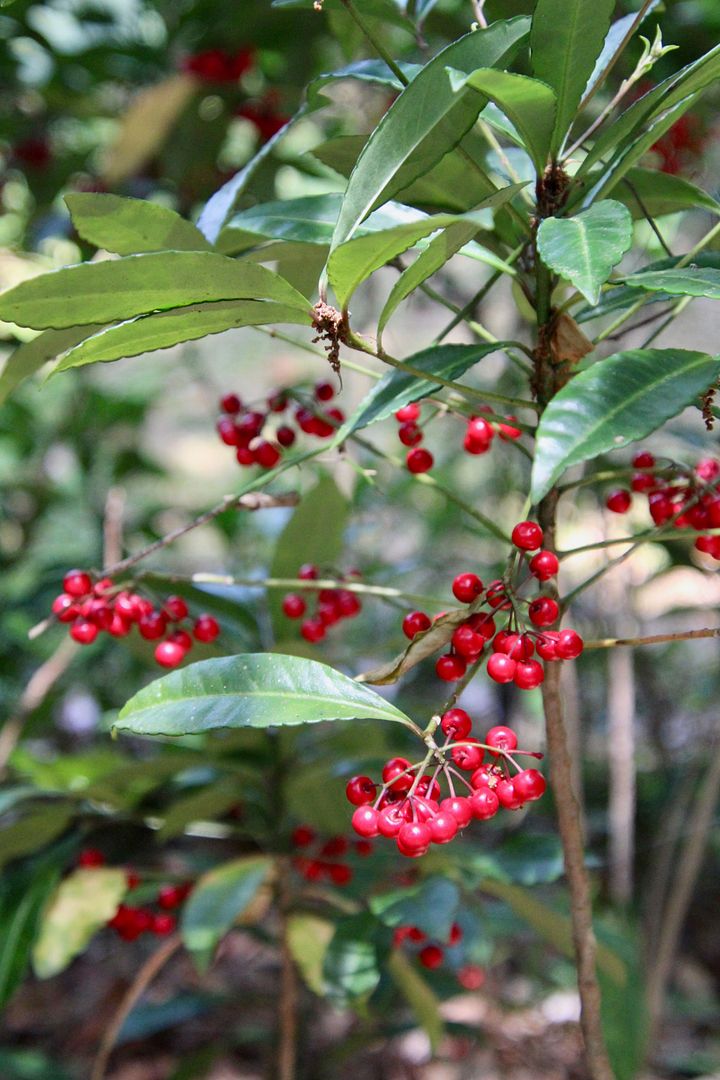
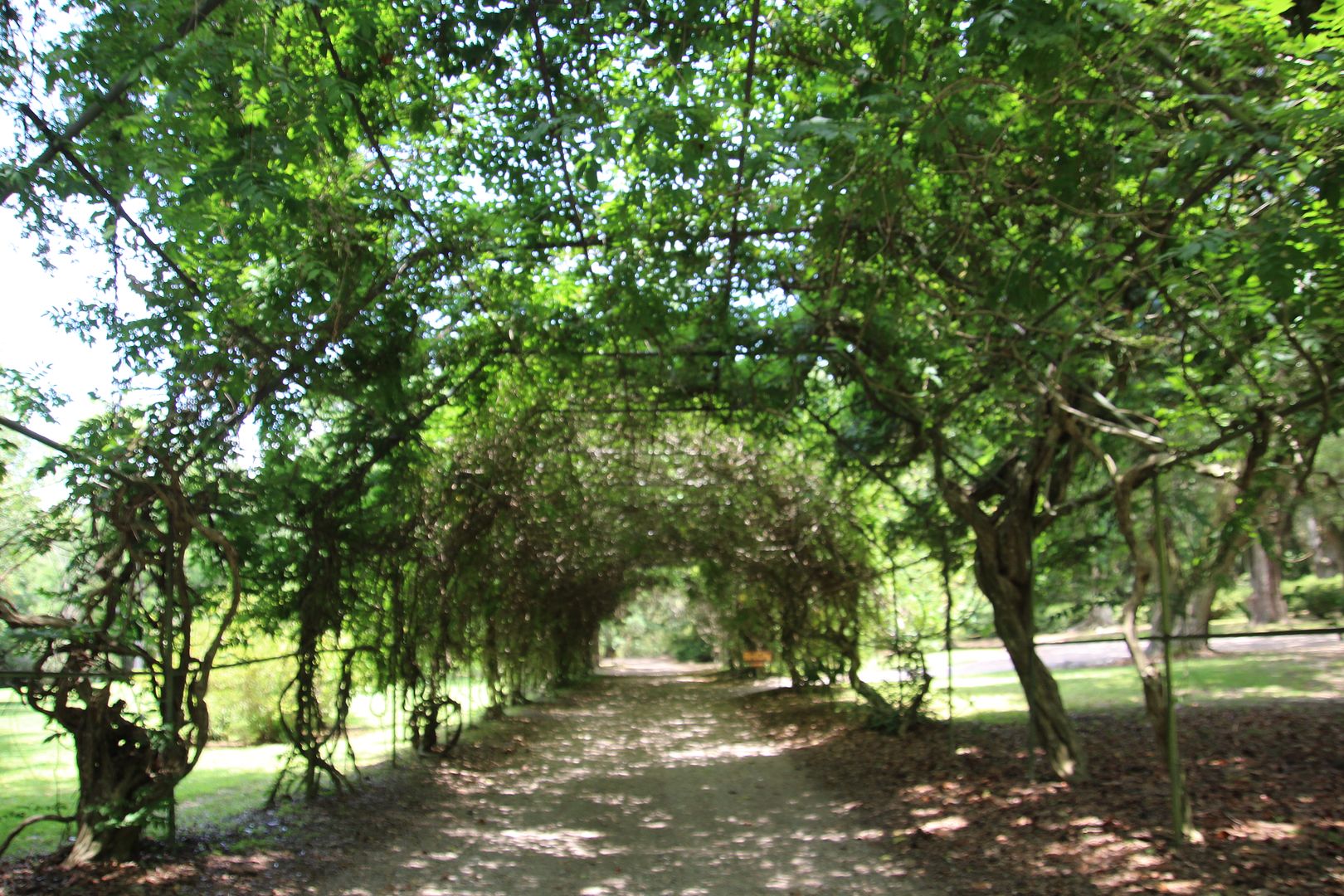
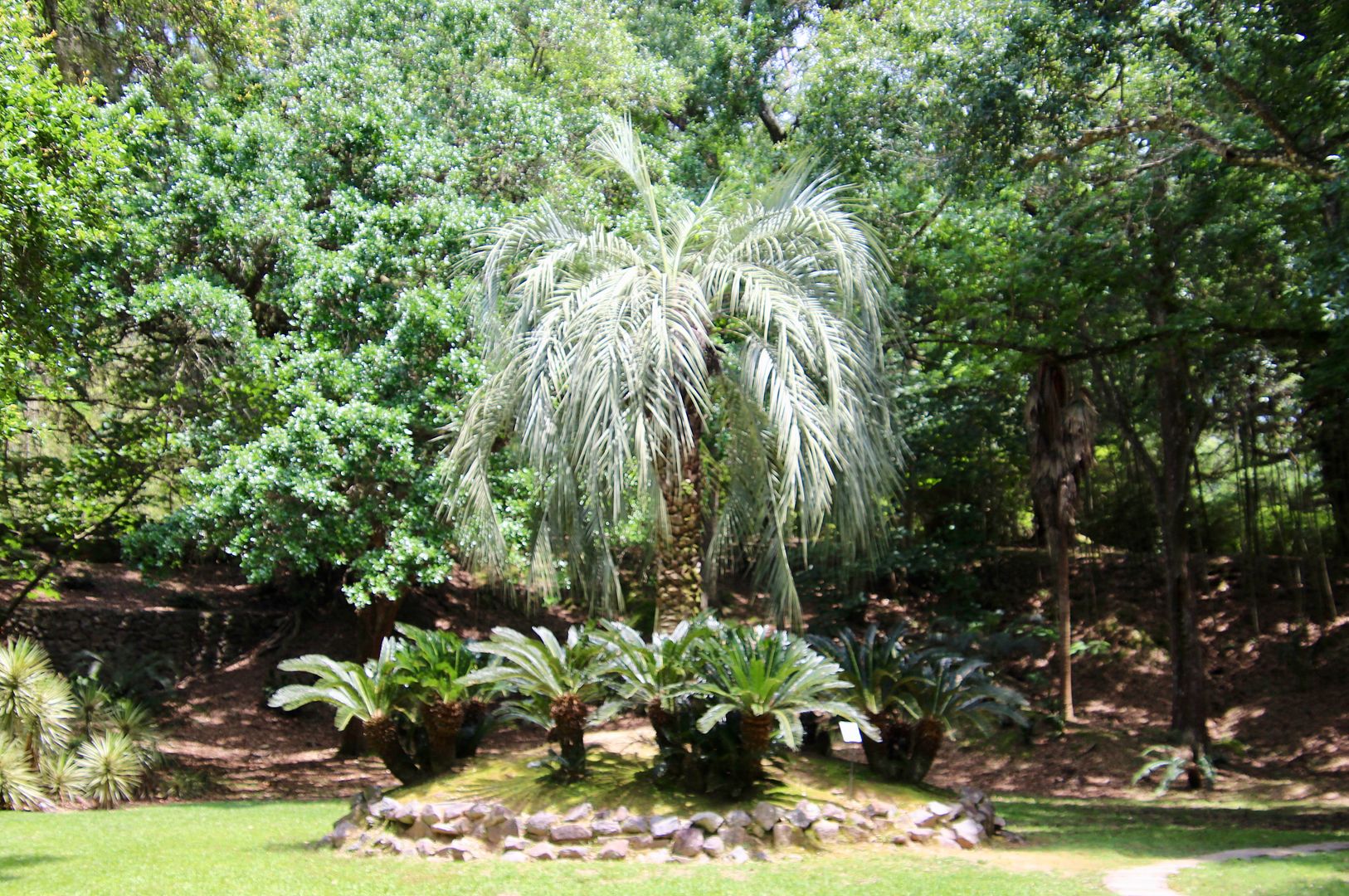
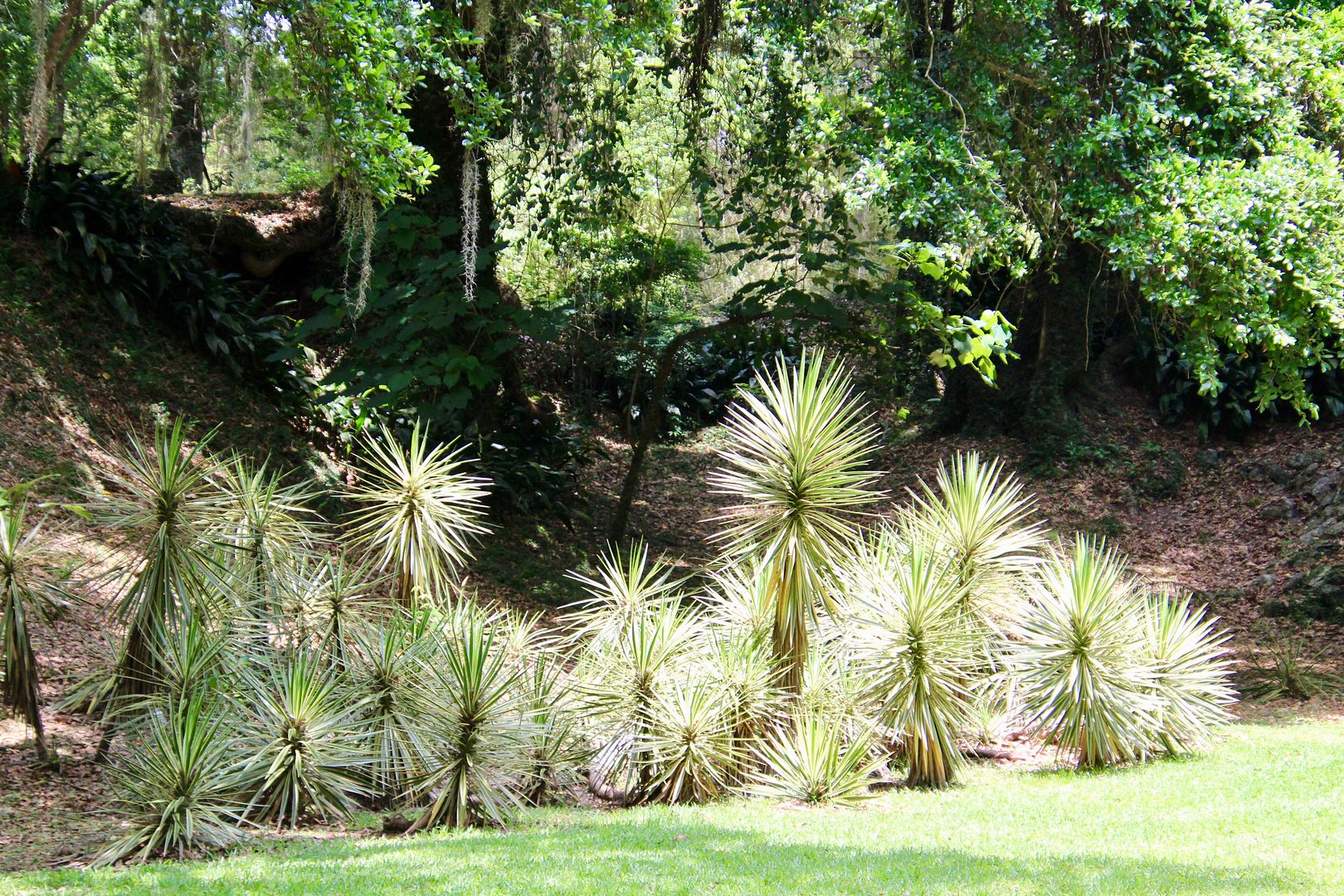
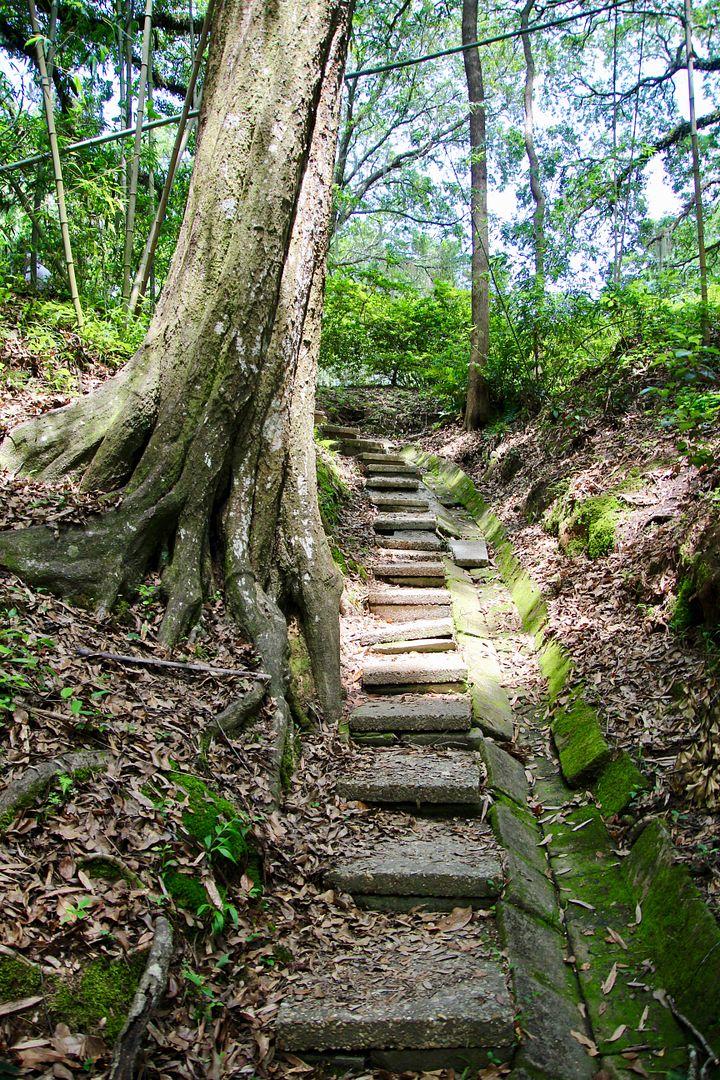
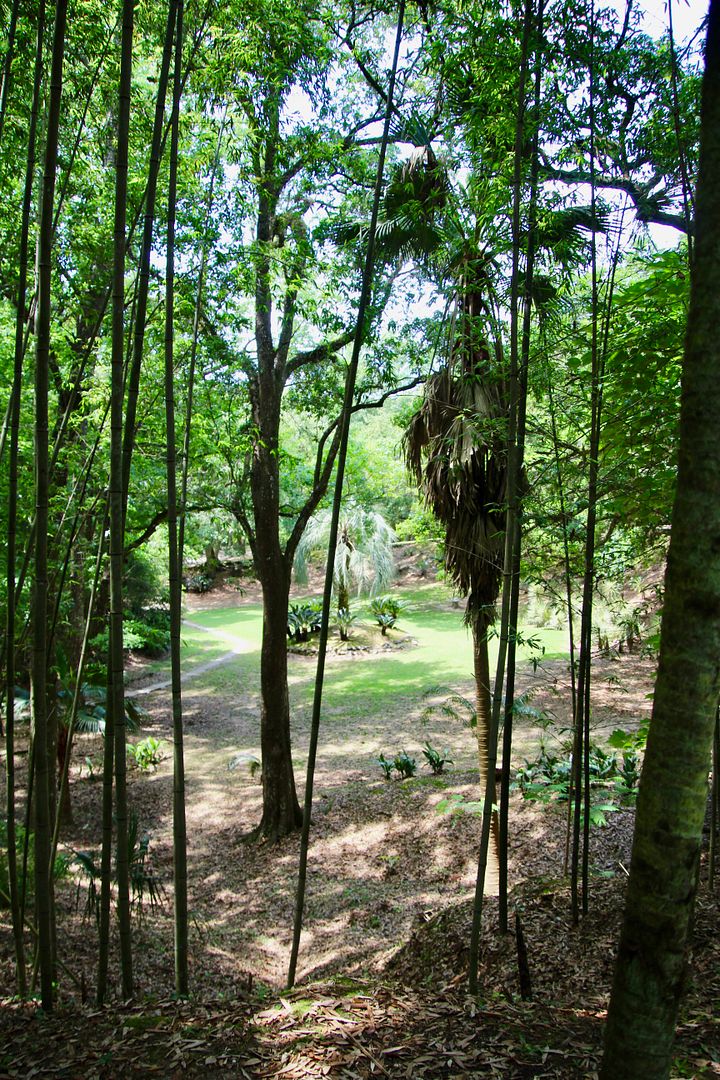
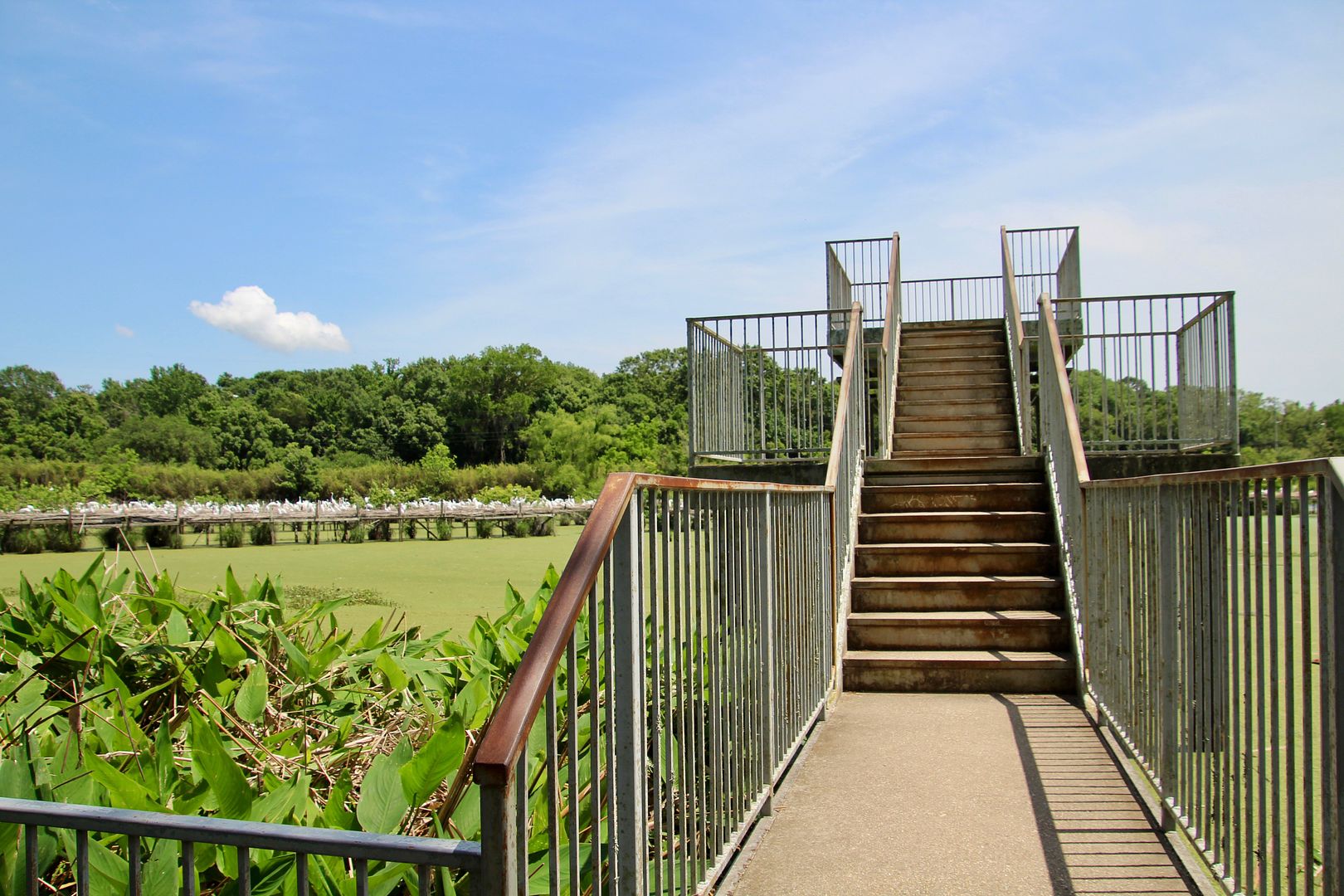
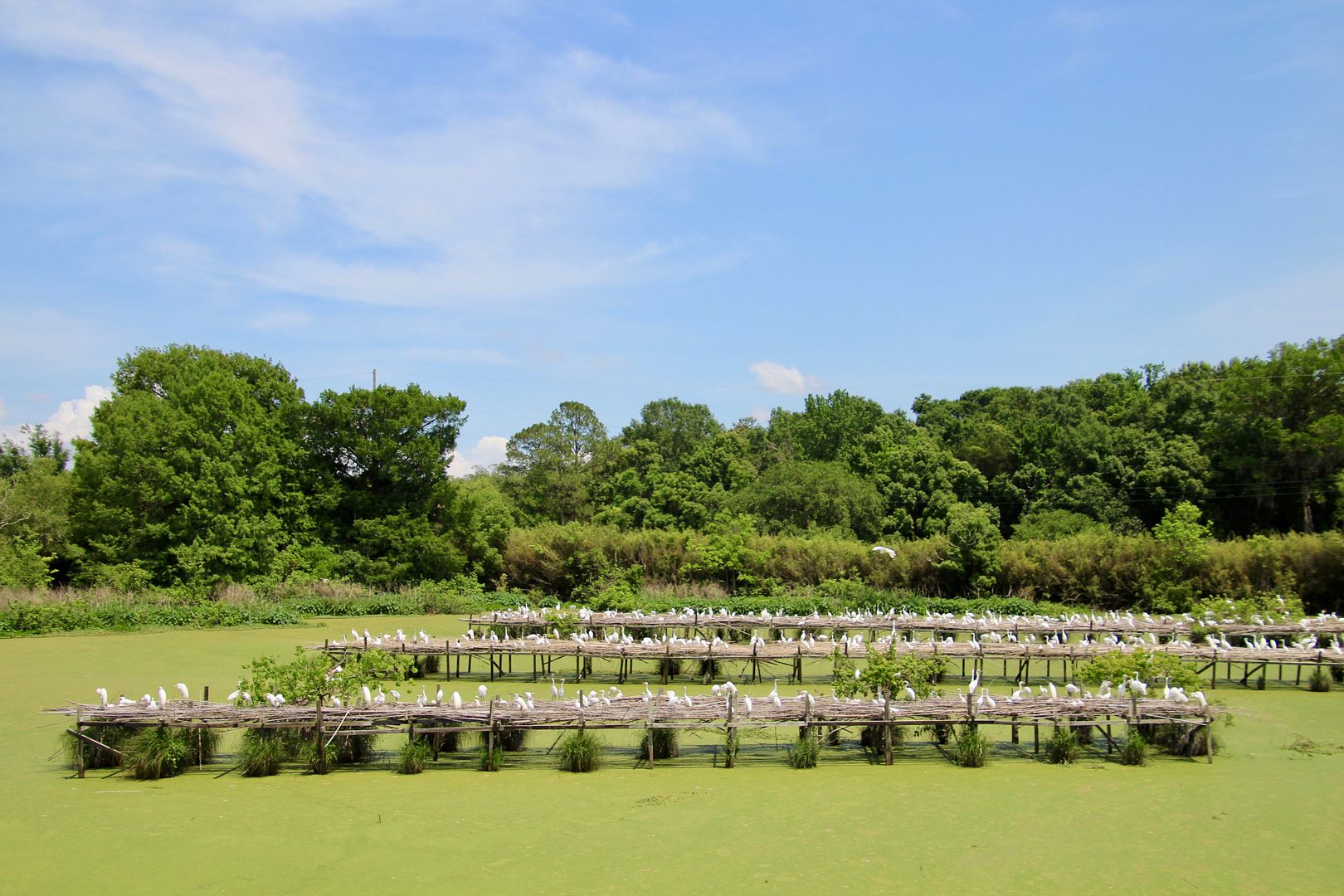
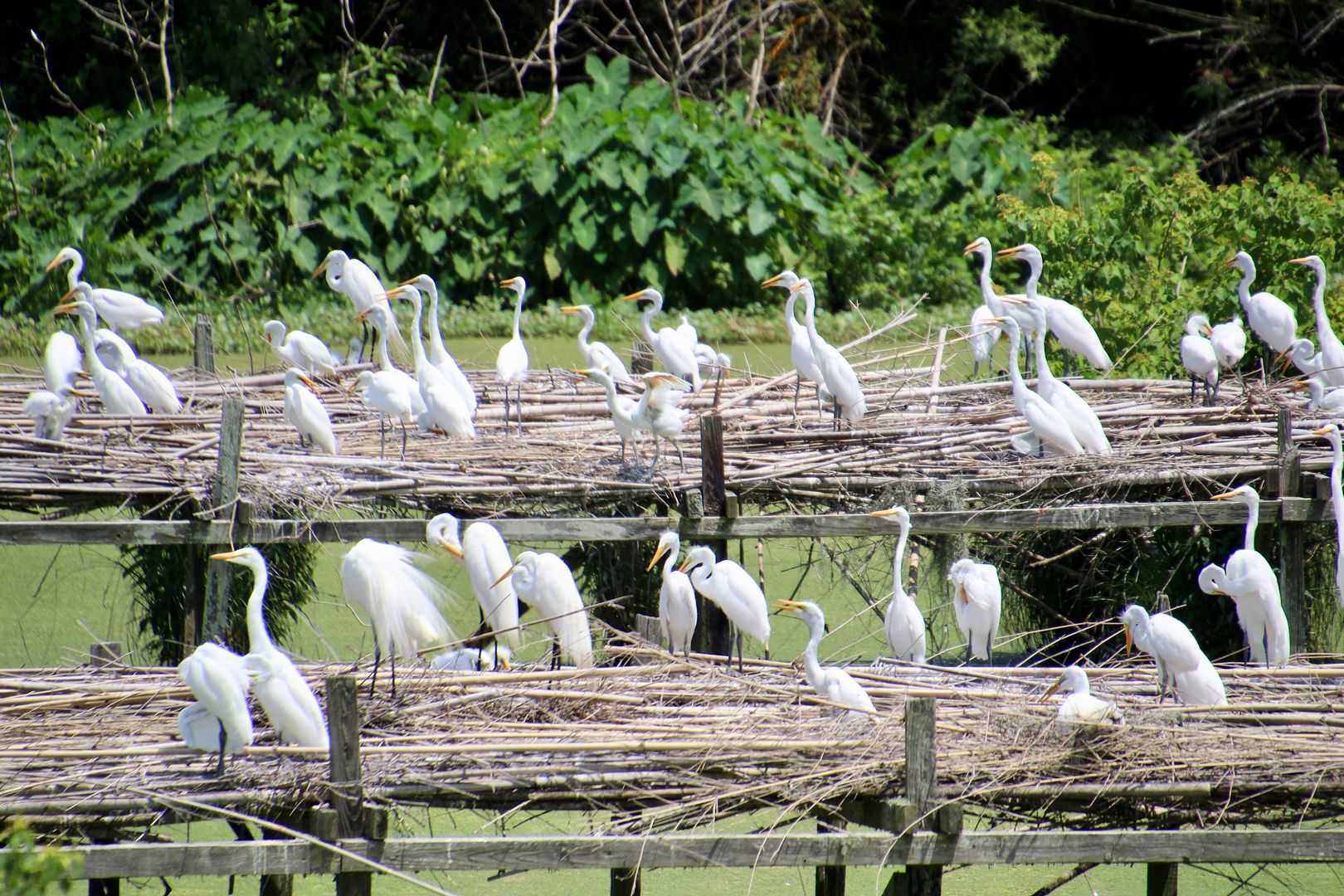

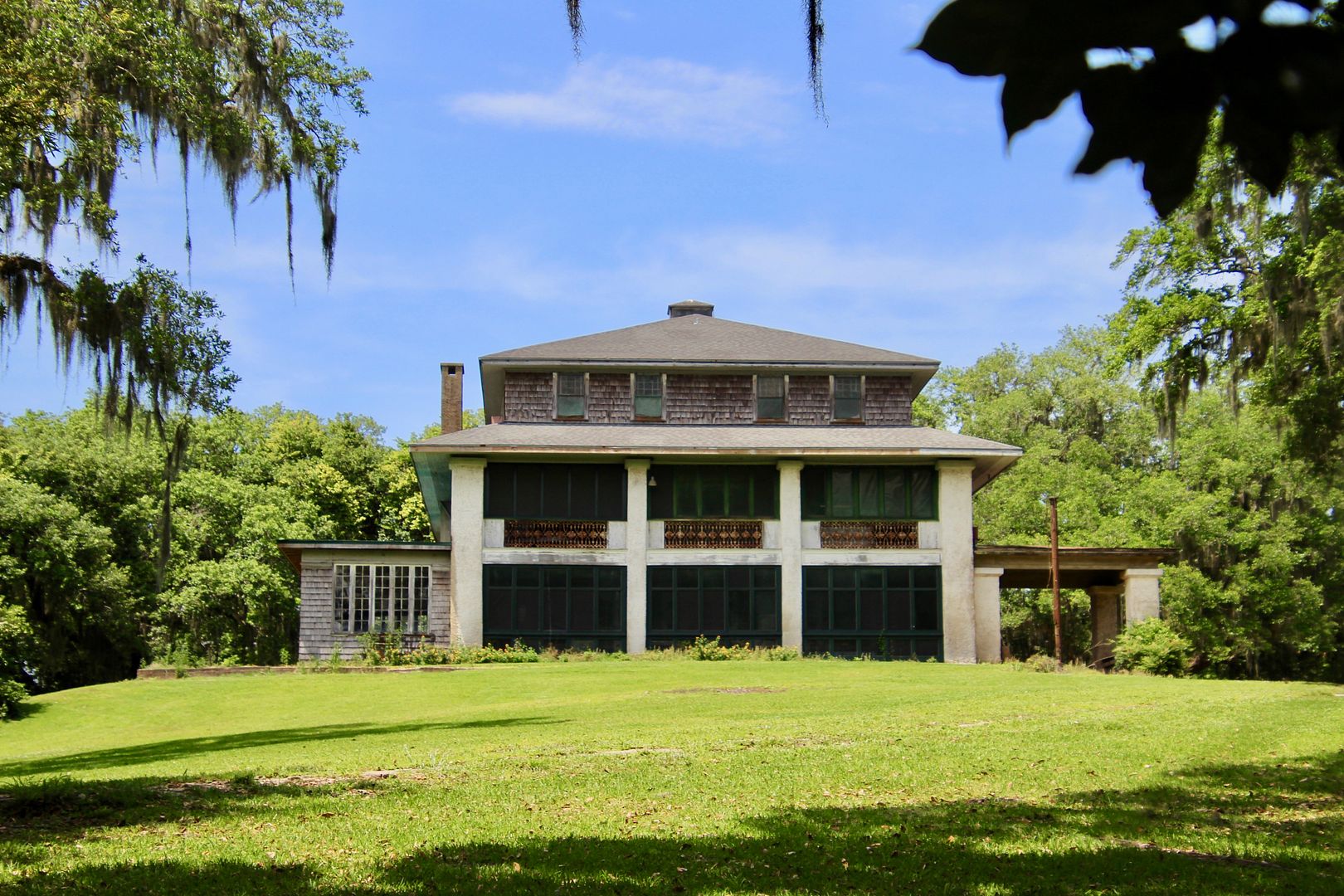
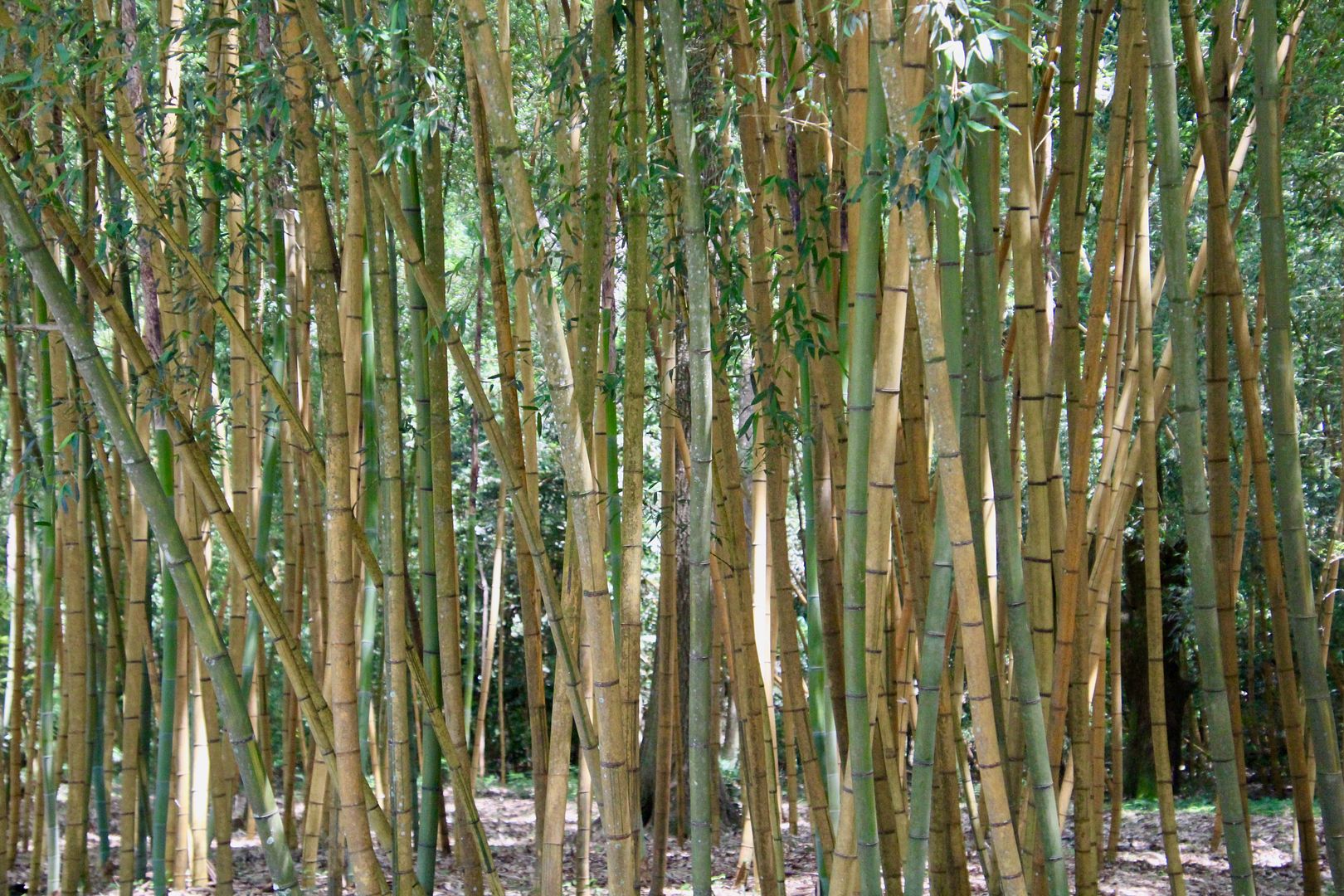
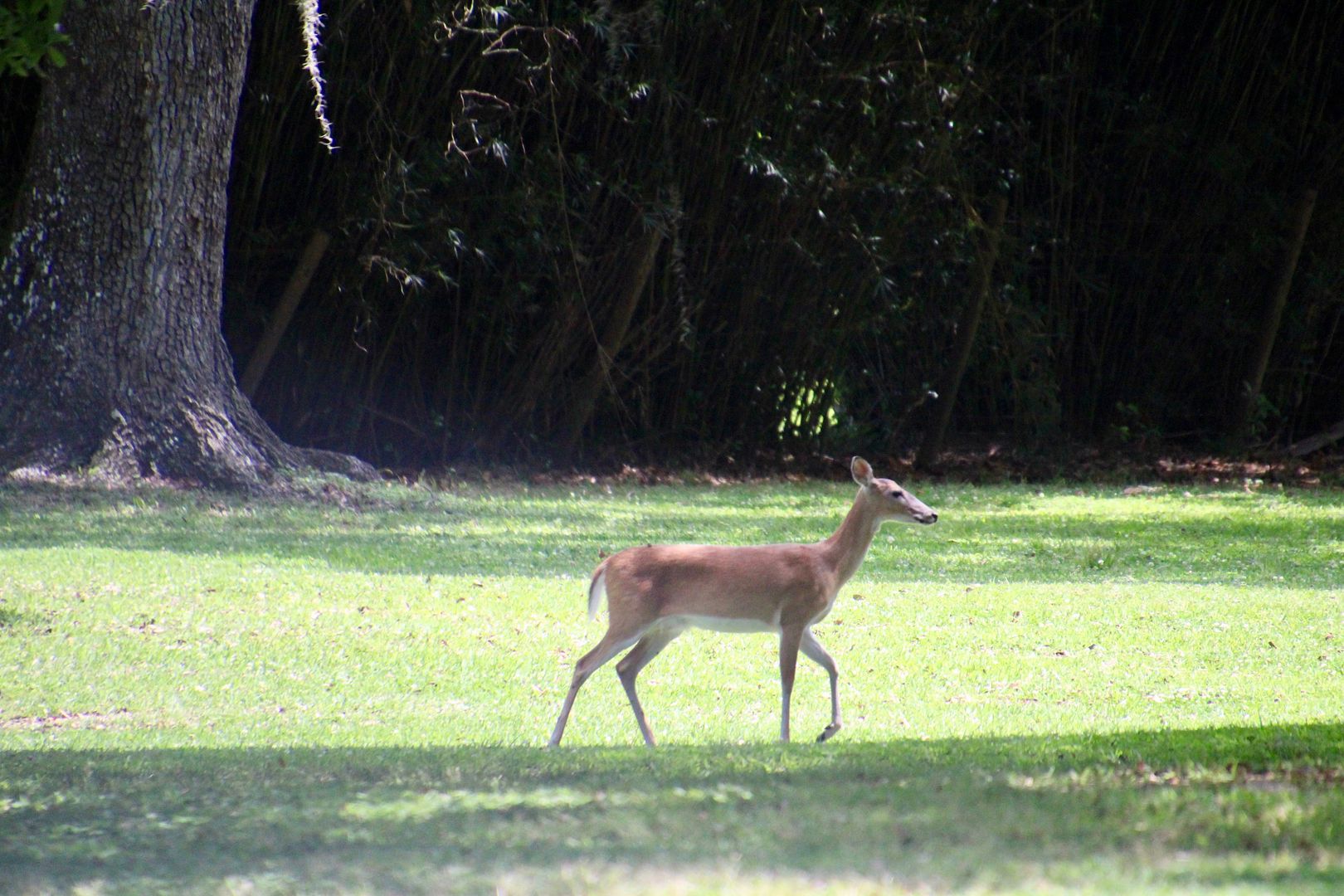
No comments:
Post a Comment